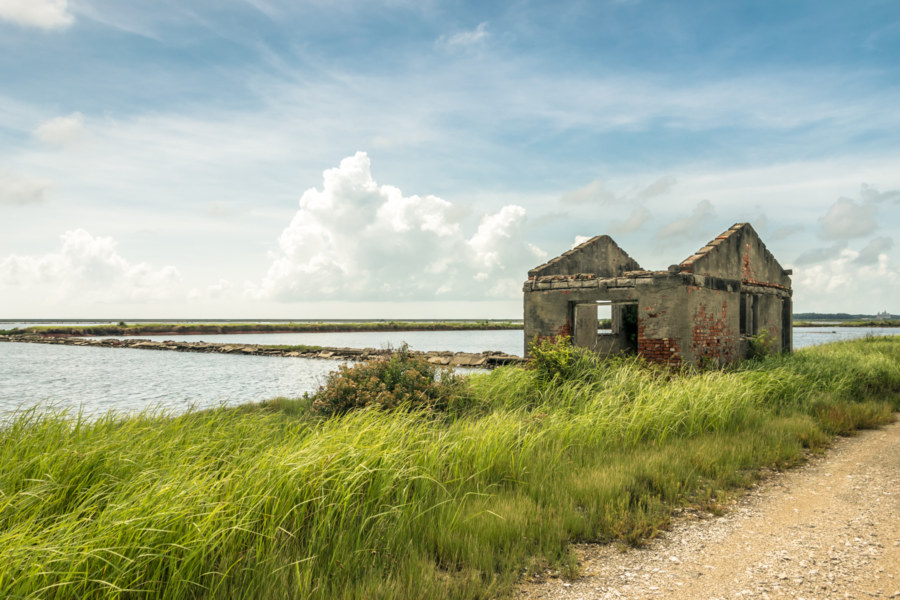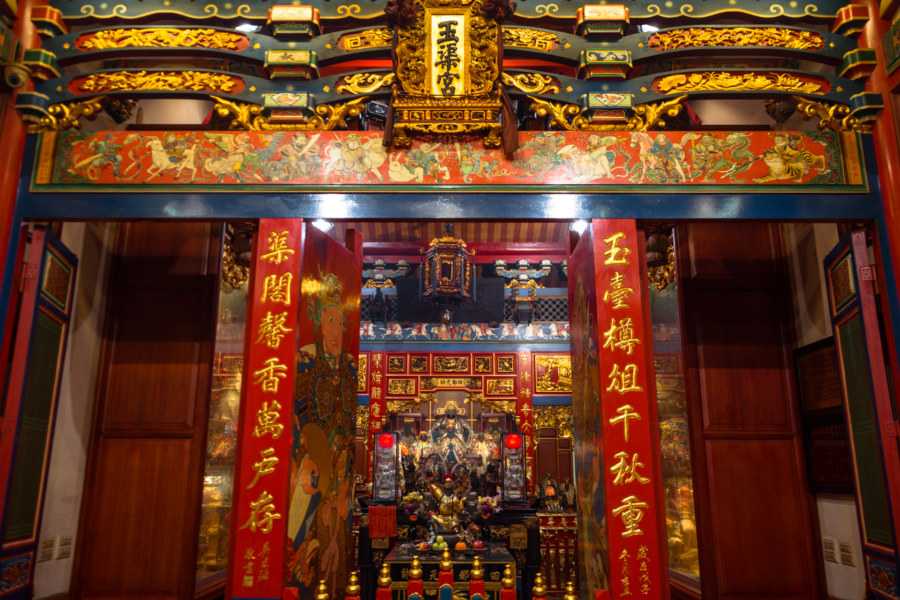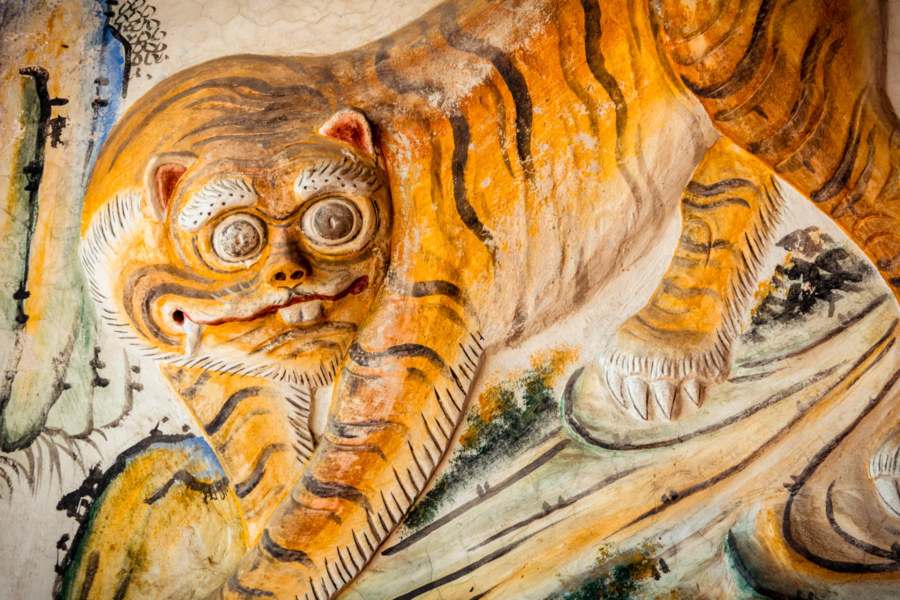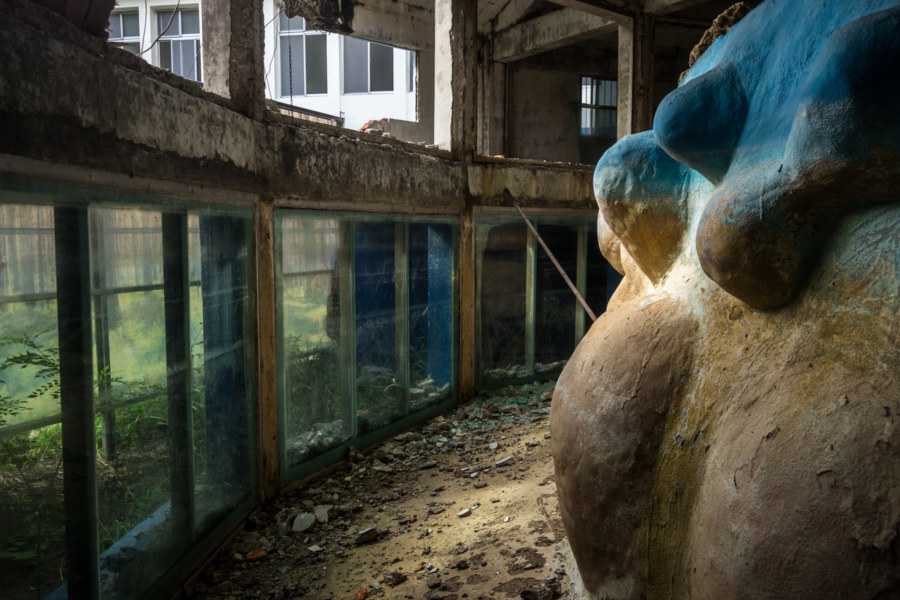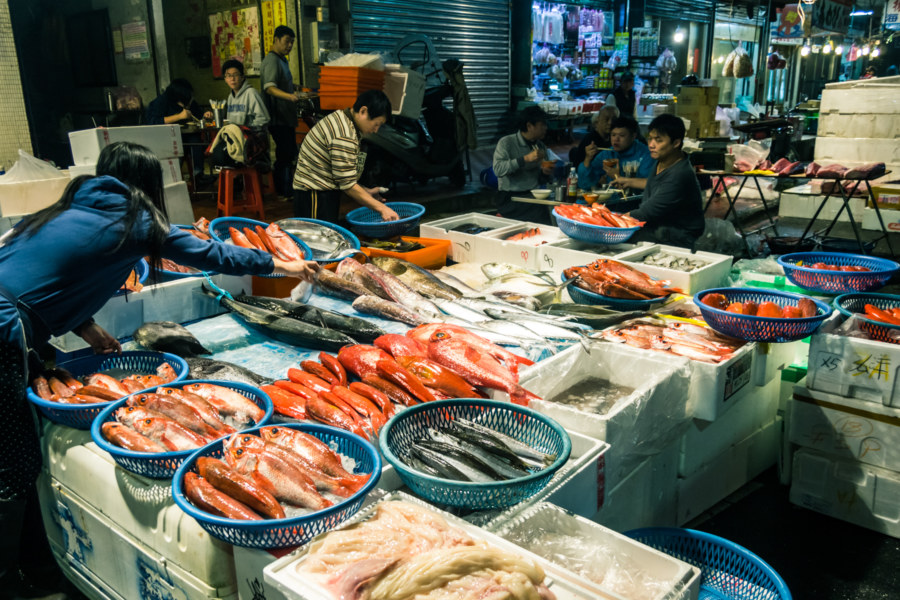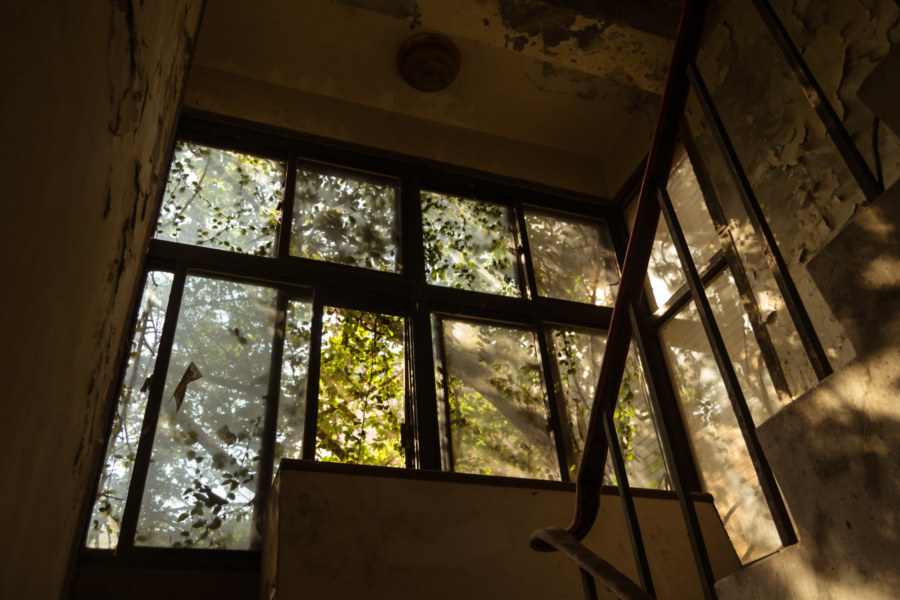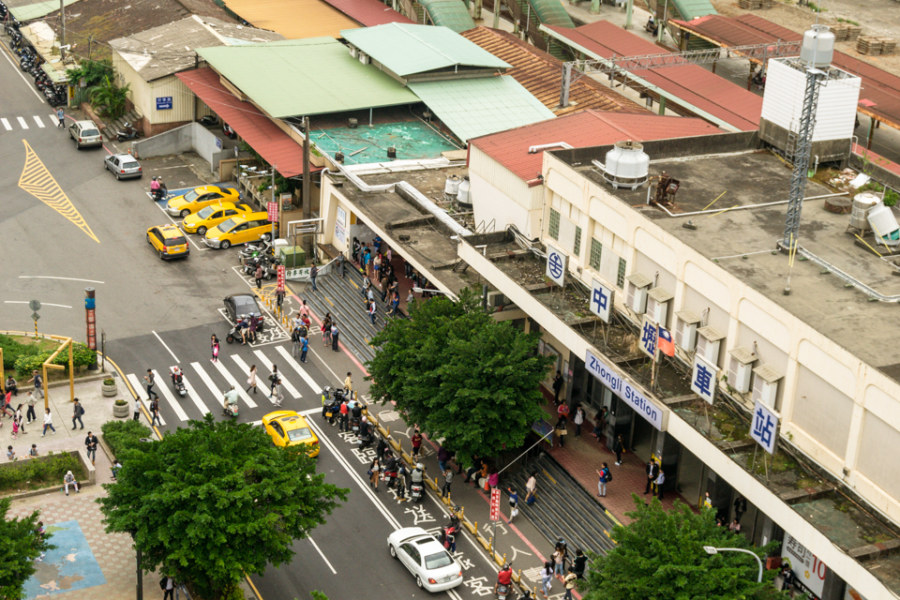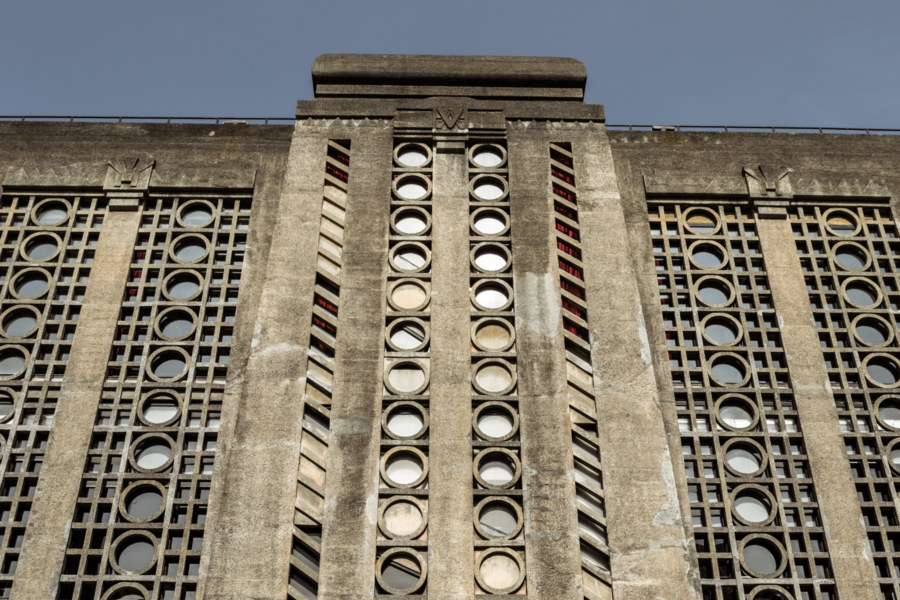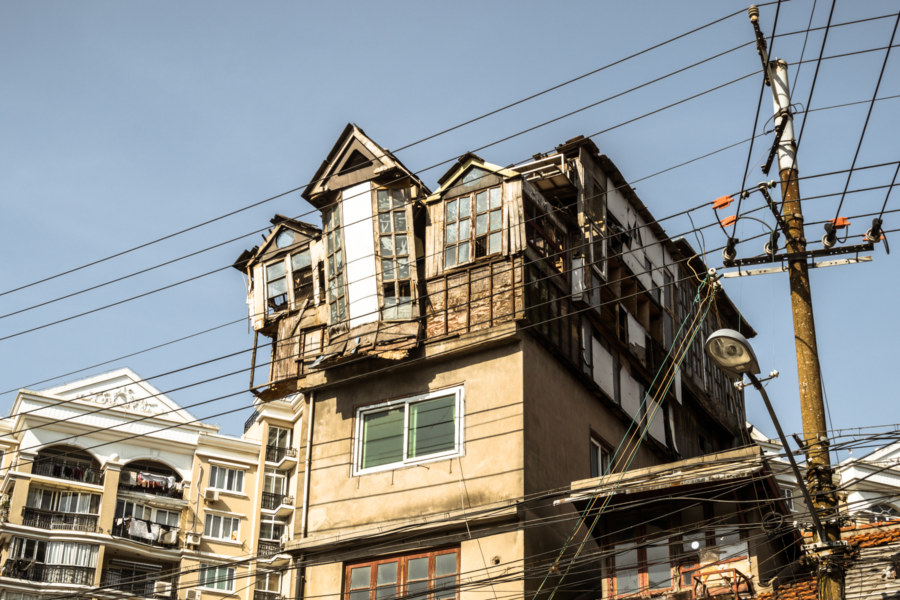The southwestern coastal region of Taiwan is salt country. From Budai in Chiayi down through Beimen, Jiangjun, and Qigu in Tainan, an incredible expanse of manmade salt evaporation ponds sprawl across a completely flat and almost featureless landscape, much of it reclaimed from the briny lagoons that line the coast. Salt has been produced here for more than three centuries by channeling seawater into artificial enclosures and letting the strong tropical sun do the rest. Taiwan’s accession to the WTO in 2002 doomed the industry and all remaining salterns (or salt fields, if you like) were decommissioned that same year. This led to the abandonment of the unique Qīngkūnshēn Fan-Shaped Saltern (青鯤鯓扇形鹽田), now a surreal reminder of the history of salt production in southern Taiwan.
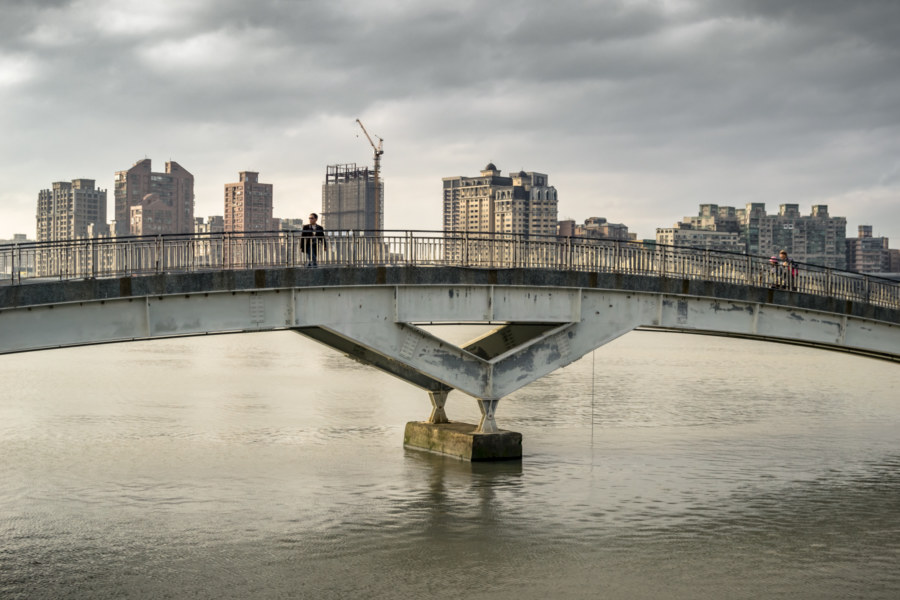
Exploring the urban condition: the buildings that tower over all, the rhythm of the streets, and the fleeting moments of humanity in the midst of the concrete jungle. See also: urbex.
Subterms
Adjacent Terms
Lukang Yuqu Temple 鹿港玉渠宮
Yùqú Temple (玉渠宮) is a colourful temple in the back alleys of Lukang, one of the oldest and most traditional cities in Taiwan. Tracing its origins back to a simple shrine built in 1765, this small temple venerates Marshal Tian Du (田都元帥), the god of drama—and by extension traditional opera, theater, music, and other forms of performance art. Local gentry funded the construction of the first temple on this particular site in the twilight of Lukang’s commercial importance in 1902, during the Japanese colonial era. The temple underwent major renovations in 1967 and, in typical Taiwanese style, has been regularly improved and updated over the years.
Daodong Academy 道東書院
Dàodōng Academy (道東書院) is one of many Qing dynasty era academies scattered across central and southern Taiwan. Located in Hemei in Changhua, it was built in 1857, the 7th year of the Xianfeng Emperor (清咸豐七年), and operated as a private school devoted to classic Chinese literature, philosophy, and ethics, among other subjects. Commonly known to locals as Wénmiào (文廟, “Temple of Literature”), the academy also venerates Song dynasty scholar Zhū Xī (朱熹) and Kuí Xīng (奎星), the god of examinations.
Golden Birds Paradise 金鳥海族樂園
Not long after returning to Taiwan in 2015 I received an invitation from a friend to go road tripping down to Hsinchu to check out an abandoned theme park. Along the way we stopped off to check out a derelict cablecar station and the restored Héxìng Station 合興車站 before arriving at the gateway to Golden Birds Paradise 金鳥海族樂園. Located in the rolling hills of Hsinchu not far from the border Taoyuan, it was among the most extensive and well-known theme parks of northern Taiwan at its peak in the 1990s. Business faltered with the rise of new forms of entertainment in the 2000s and from what I can tell it was completely abandoned nearly a decade ago. Most of the amusement park rides were torn out and probably sold for scrap metal long ago—but many of the original buildings remain, neglected and overgrown.
Kanzaiding Fish Market 崁仔頂漁市場
Kànzǎidǐng Fish Market 崁仔頂漁市場 is supposedly the longest-running operation of its kind in northern Taiwan. Back in the Japanese colonial era the market was located along the banks of the Xùchuān River 旭川河 in Keelung, formerly a navigable canal running through the downtown core and emptying into the harbour. The name of the market is derived from a Taiwanese Hokkien term for the stone stairs that once lined the side of the canal; Kanzaiding literally means “top of the stairs”. The Japanese built a pier in the late 1920s, making it easy for fishermen to offload their catch next to the market, and convenient access to the railway network encouraged its growth.
Keelung Road Guest House 基隆路招待所
Not far from Taipei 101 and the heart of Taipei’s central business district one will find an ulcerous anomaly on the supine body of the sprawling city. It would be impossible to miss this ruin, for a wild riot of plant life traces its angular outlines, and an unusual assortment of graffiti gilds the arcade along Keelung Road. I regularly ride by here on my way to various working cafes further afield and naturally couldn’t resist taking a look inside one day. I have not puzzled out the formal name of this abandonment but strongly suspect it was an official guest house related to the armed forces, particularly as it was located adjacent to the former #44 West Village (四四西村), a military dependents’ settlement.
Postcards From Zhongli 中壢明信片
I resided in Zhongli, Taoyuan, for two months at the very end of 2015 for reasons outlined in my first dispatch. In short: I wanted to try out living in another city in Taiwan and had a few good friends in the area, one of whom is fellow Canadian blogger Josh Ellis. In my time in Zhongli I captured numerous scenes from everyday life in this burgeoning conurbation of half a million. This post is meant to convey a sense of what it was like to live there for a while—just as I previously did for my time in Wenshan District, Taipei. It is not meant to be a comprehensive guide or a review; think of this as a loose collection of snapshots and impressions of a mid-sized Taiwanese city not commonly documented in English.
1933 Shanghai: Art Deco Abattoir
Gathered here are several photographs from a brief walk around 1933 Shanghai (上海1933老场坊), an unusual slaughterhouse in Hongkou, part of the former Shanghai International Settlement. Designed by a British architect in an arguably Art Deco style and built with imported cement in 1933, it was recently renovated and transformed into a hub for the creative industries. Seeing as how this is Shanghai, several high-quality English language articles have already been published about it, so I will hereby refer you to Atlas Obscura, Shanghai Art Deco, Mas Context, Randomwire, and La Casa Park for more information and informed analysis.
Where Shanghai Disappears
Yesterday I was on my way to check out 1933 Shanghai 上海1933老场坊, a restored Art Deco slaughterhouse in Hongkou, when I stumbled upon a compact neighbourhood in the process of being torn down, part of an ongoing process of urban renewal in Shanghai. Every year more of these old areas are torn down, their residents forcibly evicted, new high-rises and shopping malls going up in their place. My time in Shanghai is too short to allow for any measure of expertise to grow—so all I have to share here are a few photos and some comments from a quick walk around (and through) the block.
An Architectural Tour of Central Manila
During my weeklong trip to Manila late last year I ventured into Binondo and Quiapo to check out some of the famous old Art Deco buildings in the area. Along the way I also visited Paco Railway Station (entirely by accident) and the Manila Metropolitan Theater. Presented here are an assortment of other pre-war buildings from the early 20th century, annotated with links to more information.
